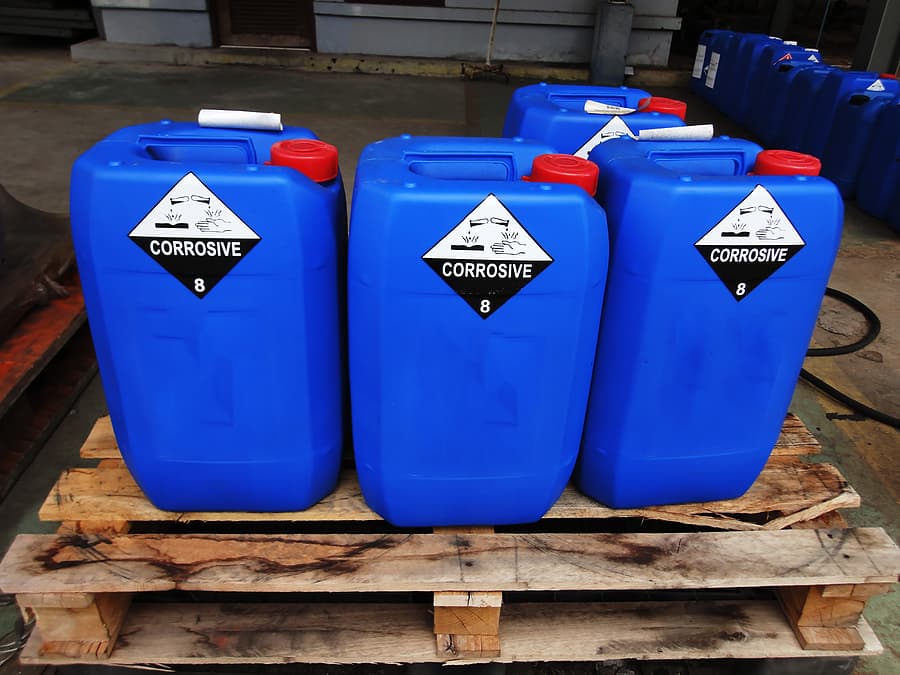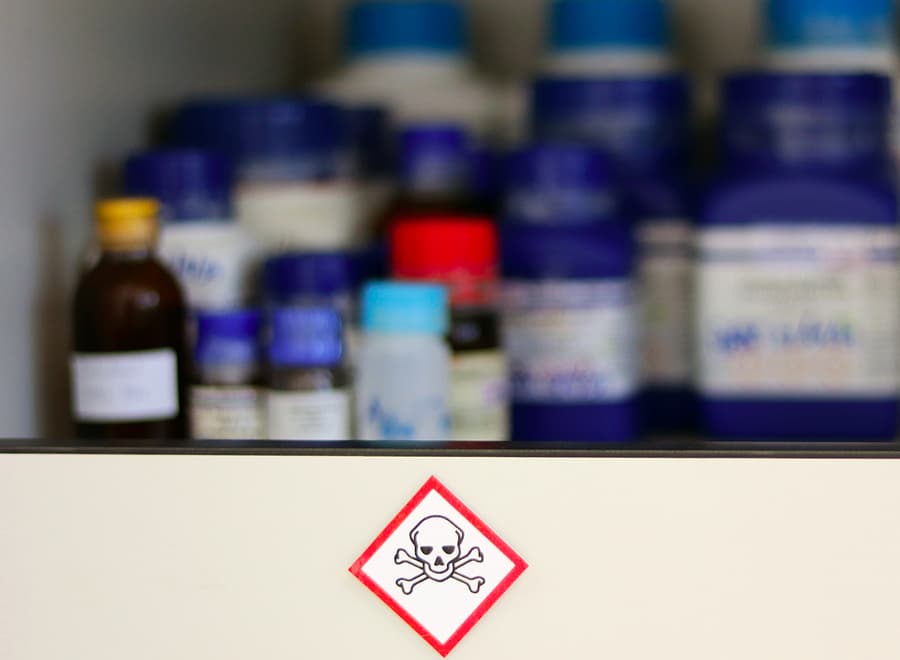P-Listed And U-Listed Chemicals

Chemicals surround us in everyday life, from the water we drink to the products we use. However, not all chemicals are created equal. Some are subject to stringent regulations and oversight, while others fly under the radar, potentially posing risks to human health and the environment. In the realm of chemical safety, two classifications stand out: P-listed and U-listed chemicals. Understanding the distinction between these categories is crucial for navigating the complex landscape of chemical management and ensuring the well-being of both people and the planet.
P-Listed And U-Listed Chemicals

P-listed and U-listed chemicals have similar characteristics. They must be on the P or the U list in the Code of Federal Regulations. Both types are unused chemicals. Finally, both types must be in the form of a commercial chemical product. The only difference between the two is their levels of toxicity.
A Bit Of History
Most of our nation’s history does not include any solid and hazardous waste regulation. The rule was that any results and costs of waste disposal are not the burdens of whoever produces the waste. They were burdens to be borne by all.
Waste was either burned, buried, stored away indefinitely, or dumped out in the open. However, the rising amounts of waste and toxicity levels exposed the failure of past practices.
The first federal statute that attempted to improve solid waste disposal methods in the United States was the Solid Waste Disposal Act of 1965. As municipal and industrial waste soared and again reached unprecedented volumes in the early 1970s, there was a need to strengthen existing legislation.
The Resource Conservation and Recovery Act (RCRA) was an amendment to the Solid Waste Disposal Act and was signed into law on October 21, 1976. It places hazardous waste disposal into federal hands. However, the RCRA was nothing but legislation. It didn’t do or prevent anything.
RCRA gave that power and control to the United States Environmental Protection Agency. On May 19, 1980, the EPA published and added to the CFR the first hazardous waste regulations of the production, transportation, and disposal of solid and hazardous waste.
Categories Of Waste

Chemical waste falls into four categories: F, K, P, and U. The first two categories list waste products created by a manufacturing process. P and U define unused chemicals discarded for some reason.
P and U must also be in the form of a commercial chemical product, a pure, technical-grade chemical, or a formulation that contains the chemical as the only active ingredient. P-list toxicity is acute and will cause irreversible illness or death in very low amounts. U-list chemicals are still hazardous but fall under regulations less strict than the P-list.
P-List and U-List Chemicals In The Healthcare Field
The healthcare industry doesn’t use F chemicals. Only five K chemicals (acetone, methanol, toluene, xylene, and methylene chloride) are related to healthcare. However, 15 P list chemicals, such as arsenic trioxide used in chemotherapy, nicotine used in smoking cessation products, and phentermine used as an appetite suppressant, are healthcare-related. 66 U chemicals such as chloroform, mercury, and formaldehyde are associated with healthcare. Some states regulate other chemicals such as P and U chemicals that the CFR doesn’t list to complicate things more.
Need Help Understanding And Keeping Up With Regulations?
The maze of federal and state regulations is not going to go away. The consequences of violations aren’t going to go away. Do you know RCRA violations can cost up to $31,250 per day per violation? We get it, so we aren’t going to go away, either.
When you need help, Medical Waste Pros is here to stand with you and make sure you find the experts you can rely on to ensure and continue compliance. Call us now at (888) 755-6370 or fill out the contact form on the right to receive free quotes on medical waste disposal services.










